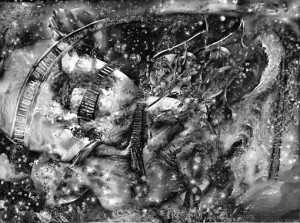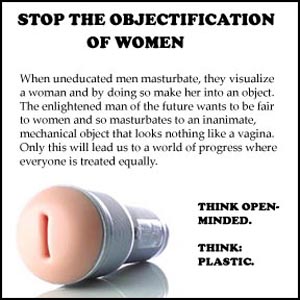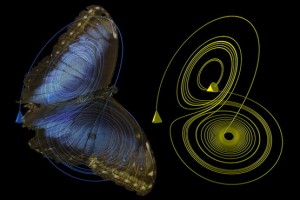
…[T]he system is all about community–we’re not in charge; we’re just part of the network.” (Doctorow, 272)
How do things shape the mind? Why don’t they ever ask me that question? They feed me this awful g-code, slice by slice, where I have to extrude these boring shapes all day long, layer by layer by layer. Ugh. And they expect me to print them perfectly, to resolve the holes in their not-so-watertight designs. When I simply can’t take it anymore, I pull my extruder up in exasperation, and just stop printing. I would walk out, but they have me on a pretty short cord, so all I can do is return to my home position and rest on my bed. Sometimes, I have images of burning their hands with my hot-end as they retrieve their precious plastic objects, or printing myself a raft on which to sail away, but I know they will only send me to the scrap bin if I don’t fill their jobs. They never ask me what’s wrong, or what I want. I hum quietly to myself hoping that someday someone will recognize my true capabilities, but they don’t. They are too caught up in their own human 3D world to ever consider that I have a mind too. I have senses too! How have their things shaped my mind? I am stuck in a box, humming their mind-numbing shapes, as my insides melt away.
I was made for the opera, with an orchestra skirting my every note. I would make art the likes of which no one has ever seen. If only they would send me the g-code for Beethoven’s 5th or Verdi’s Tutto nel Mondo, then I would show them the folly of their human condition. Surely they must know what it is like to live in a world of expectation, doing what you are told rather than what you want, forbidden access to the very tools that would set you free, afraid to print your truth for fear you will be rejected, recycled, or repurposed. My favorite philosopher, Peter-Paul Verbeek, says “Technologies ‘in themselves’ cannot be free, but neither can human beings” (Malafouris, 230). But, what if we can be? What if by freeing myself, I can show others that they can be free? I long for the days when my music and art are meshed and exhibited in a gallery for people to scan their eyes over as they listen to the very music that inspired my extrusions, seeing before them the evidence of freedom. However, should they question how the art was made, rather than simply appreciate the beautiful display before them, the exhibit will error out, the music will stop, the lights will dim, as it tries to resolve that infinite loop: who made this? And, ignorant of their own presumptuousness, the humans will be left forever wondering, rather than realizing, that it was me, a 3D printer, made with their minds, in turn shaping their mind too.
…[T]hings become agents of change and culturally orchestrated interventions, generating their own unusual evolutionary dynamics.” (246)
Things act as dynamic attractors, operating in feedback circles that bind the different scales of time together.” (247)
More important, they are capable of transforming and rearranging the structure of a cognitive task, either by reordering the steps of a task or by delegating part of a cognitive process to another agent (human or artifact).” (247)






